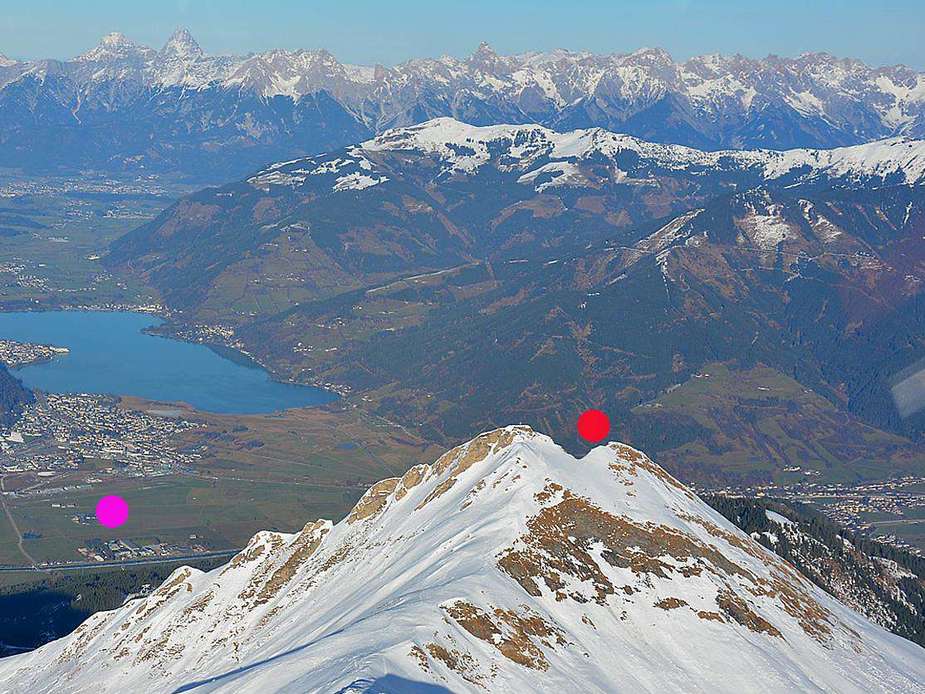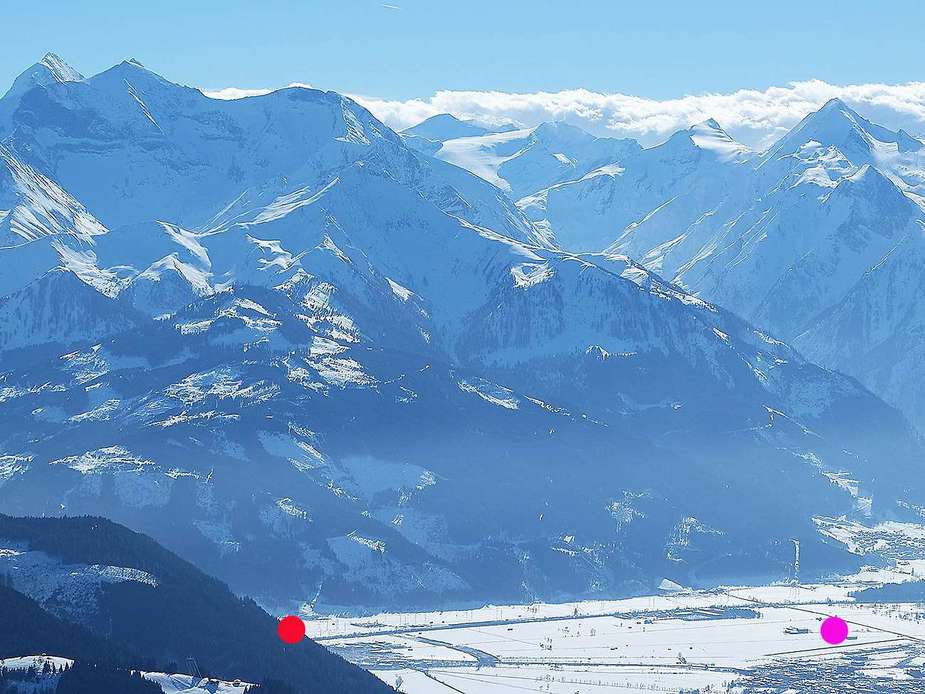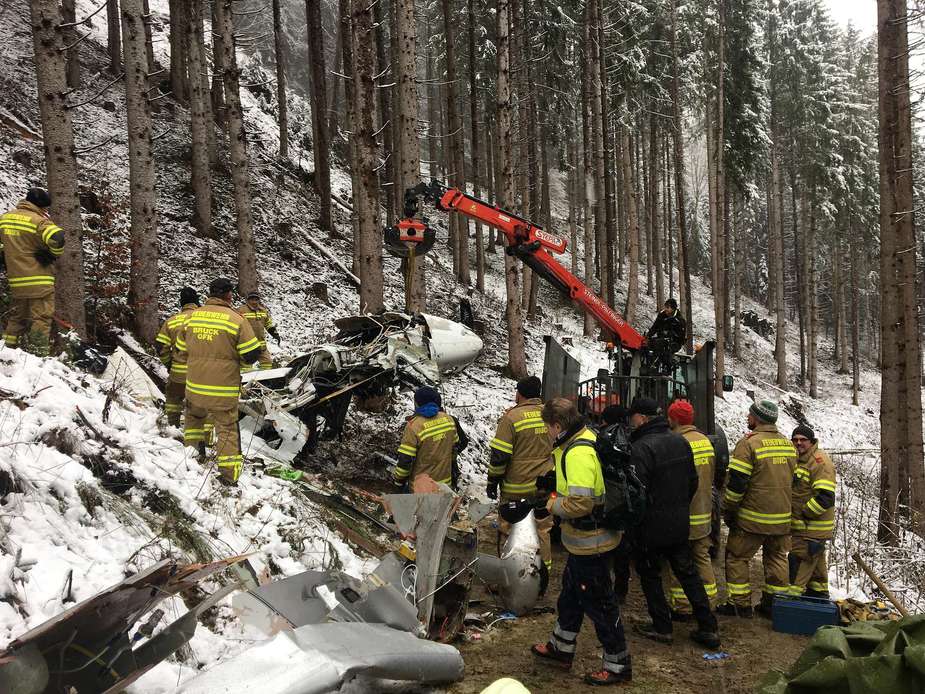Snoopy wrote:
Just a note here: What is the RNP for this approach? Does a cirrus monitor the ANP? To those flying these approaches in hard imc: What is your contingency when RNP capability suddenly decreases?There is no conventional nav aid to fall back on, so a thorough terrain analysis and escape plan is part of the preflight. That’s where you take a look at the topo map, and brief „in case of rnp decrease, max power, climb to msa via xyz valley“ and that’s where and when you can use terrain data to survive.
All good points. Dual GPS provides some backup but if GPS degrades (vs one GPS unit failing) in those mountains, the only possible contingency is IRU. If you are in IMC, how could you find the valley? Prob the procedure you describe with a right turn to a fixed heading to give you the best chance. The problem in an SEP is climb performance is so poor you would need luck on your side.
“Single pilot IFR in IMC, I would get that a/p on as early as possible. How can hand flying possibly be better in that case?”
I would also set AP as early as possible and keep it up to the minima, but I don’t think AP is going to be of any good once you are oustide parameters for missed approach/go-around near such terrain, it will be surely a CFIT from low manoeuvrability of aircraft on AP (IMC/VMC does not matter much), with handflying, I am not saying it is better, but you have more additional choices to flight into terrain: loss of control, runway excursion or it is your lucky day
@jasonc
A turbo cirrus in cold wx climbs very well. 1500fpm is my guesstimate, all the way up.
I don’t know but I don’t think this is an „rnp“ approach, albeit it is called that. Besides raimcheck I’m not aware of any ANP/RNP scale in the Cirrus giving FTE (flight technical error). It’s a GPS approach, probably RNAV1. It does say RNP on the chart and RNAV in the text info:
LOWZ AD 2.22 FLIGHT PROCEDURES
The IFR Approach with VFR Part based on RNAV was designed for the purpose of cloud breaking.
It is not allowed to land at LOWZ as IFR flight. IFR Arrivals have to cancel their IFR flight latest at the MAPt if able, otherwise a missed approach must be initiated. IFR cancellation has to be done latest after landing.
After IFR cancellation the published VFR Procedures (LOWZ AD 2.20) shall be joined.
Multiple IFR Approaches (Training) are not allowed.
Ibra wrote:
but I don’t think AP is going to be of any good once you are oustide parameters for missed approach/go-around near such terrain, it will be surely a CFIT from low manoeuvrability of aircraft on AP (IMC/VMC does not matter much), with handflying, I am not saying it is better, but you have more additional choices to flight into terrain: loss of control, runway excursion or it is your lucky day
I completely disagree.
Snoopy wrote:
@jasonc
A turbo cirrus in cold wx climbs very well. 1500fpm is my guesstimate, all the way up.I don’t know but I don’t think this is an „rnp“ approach, albeit it is called that. Besides raimcheck I’m not aware of any ANP/RNP scale in the Cirrus giving FTE (flight technical error). It’s a GPS approach, probably RNAV1. It does say RNP on the chart and RNAV in the text info:
Agreed, it is RNP the new term for RNAV. But my point was there is no backup other than a balls out climb to the MSA. Not even DME/DME would help you there.
I think @ibra meant once you „depart“ ifr procedures and maneuver visually (as is required in lowz when continuing below minima under vfr eg for visual traffic pattern after the rnp cloud break) you fly manually.
In marginal weather the only way to fly this imho is fully coupled, mentally already 100% planning for the missed approach and diversion, also fully coupled. If you clearly (landing assured) see the runway, you change your plans and land. You pre set hdg/alt/ias mode so if anything comes up between minima and landing (airport vanishes in sudden sinkhole due to earthquake) you turn right to be in that valley, max climb and gtfo up to MSA.
Agreed, it is RNP the new term for RNAV. But my point was there is no backup other than a balls out climb to the MSA. Not even DME/DME would help you there.
Exactly. That’s also the last resort contingency in jets, however in a radar environment you’ll get vectors long before it.
Updated pix from austrian news



I agree with most of above, especially that there was some terrible decisionmaking involved here and that is the primary issue.
However, it would probably take a military jet to outclimb that hill on the runway heading. These pics are from a trip I did


I reckon this would do it

So you have to turn somewhere, and if you have completely screwed up (as this pilot obviously had) then knowing where the two escape routes lie would be essential. It is obvious from the topo view above that an immediate left turn over the runway would be a good start, but if you make it 90 degrees you will still hit the mountain a bit later (it is pretty obvious there was IMC there, though maybe not if you stick to the floor of the canyon). The other escape route is a right turn and then a series of slight left turns – as the above photo shows.
With a good topo map, you could escape out of this situation, even if starting right over the runway. Preferably on autopilot, a max climb, tks on, and flying in HDG mode and twiddling the heading bug as necessary.
That’s also the last resort contingency in jets
Another topic, but FWIW this was discussed here. There are procedures which you can purchase which are designed to “just about” avoid terrain in OEI circumstances. I would think airlines would have these also, or do they fly only procedures which will work with one engine inop?
The basic question in this case will be was the flight ever VFR after the MAPt. I guess we all can pretty much assume that it was not.
Basically the only “out” in that case would have been to immediately turn back to the missed approach track and then follow it climbing at max power. If the GA was over the runway 08, that would have meant a rather sharp turn to the right to get to the track if he was in IMC.
I really wonder what can be done to prevent pilots to get themselves into this kind of death traps. Did it make ANY sense to fly that approach this day? Was there ANY chance at all to make a landing? Yes I know that the PIC is the one deciding but in dangerous airports like this one, my feeling is that the operator should have the authority to close the airport if he becomes aware that conditions are unflyable. In many case this would have prevented people who did not take no for an answer to kill themselfs and innocent passengers.
Having seen the pictures of the wreckage I have to say I am stunned about the fact that two people survived this crash (or even initally all of them) and even more so that one of them was able to free herself. That Cirrus cell turns out to be stronger than anticipated.
Mooney_Driver wrote:
The basic question in this case will be was the flight ever VFR after the MAPt.
The Jeppesen approach plate is very clear:
- IFR status ends when starting to descend below MDA(H).
- IFR cancellation is MANDATORY prior deviation from IFR apch procedure.
So the flight was VFR at the time of the crash. But definitely not in VMC. According to this news article there is an interview with the airport operator. He warned the pilot via the radio about strong fog and sleet. The pilot had not been visual with the runway.
I really wonder what can be done to prevent pilots to get themselves into this kind of death traps.
Nothing. ADM is known. It is taught. Single pilot single engine IMC in freezing mountain areas isn’t for everyone. Simples.
Yes I know that the PIC is the one deciding but in dangerous airports like this one, my feeling is that the operator should have the authority to close the airport if he becomes aware that conditions are unflyable.
Think about the consequences of this. The liability involved for the airport. Every crash would be blamed on them for being open in „bad“ conditions.
No, the only one reliable and responsible is the PIC and that’s the way it should be. It’s one of the last instances in life where this is the case, with most other things having turned into a CYA exercise anyway.
The easiest safety measure is to hire a pro safety pilot for such flights. The cost is peanuts compared to running a million dollar cirrus. If I’d fly any a-b stuff regularly with my family involved I’d hire a second pilot, for sure, and preferably one that’s better than me. Might be an ego thing though. I prefer a long life without ego to a short one with a big one.